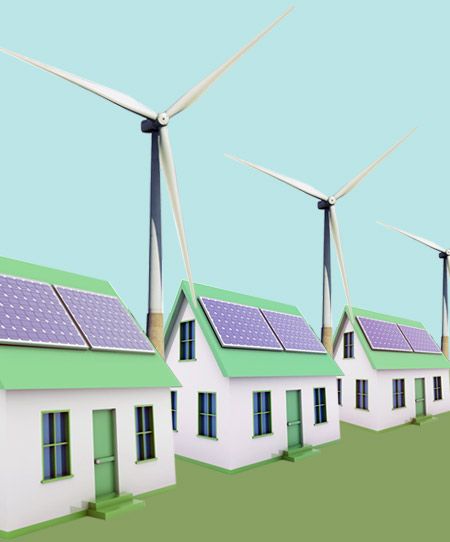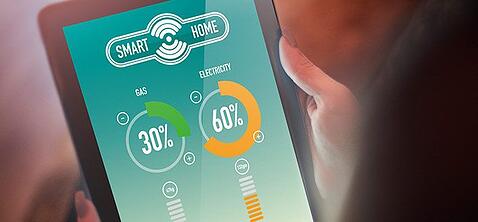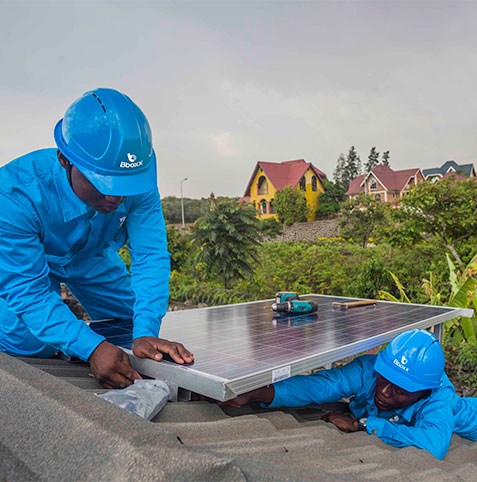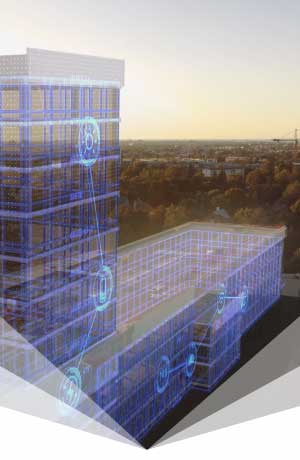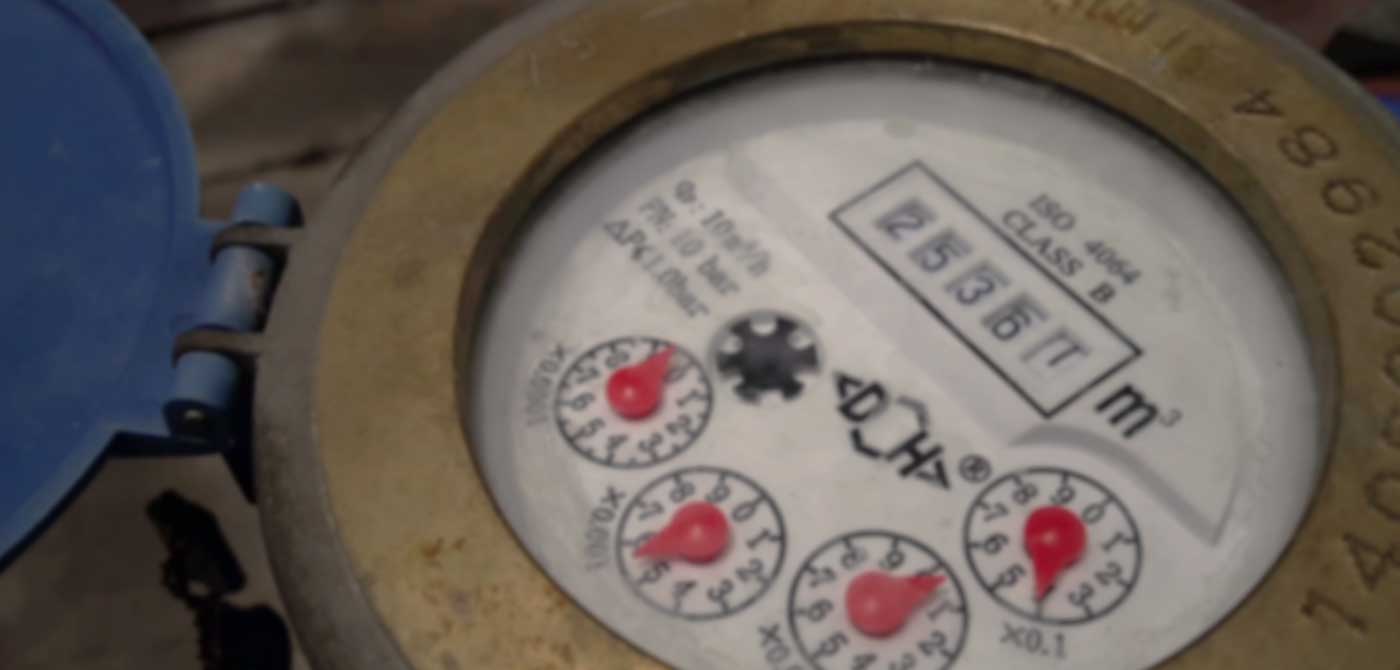The U.S. Energy Information Administration (EIA) reports that, as of 2018, fossil fuels such as natural gas, coal, and petroleum account for roughly 64% of all electricity generation in the United States. Fossil fuels are heavily relied on to produce electricity due to their low operating costs and superior flexibility to alternative fuels; fossil fuels can generate electricity through combustion whenever they are needed, as opposed to renewable sources, such as solar and wind energy, that rely on less consistent weather patterns.
However, fossil fuel electricity comes with a cost. When fossil fuels are combusted to produce electricity, they release carbon dioxide (CO2), methane (CH4), and nitrous oxide (N2O) into the atmosphere, which trap heat, leading to climate change. As a result, electricity production is the second largest source of greenhouse gas emissions in the United States, according to the Environmental Protection Agency (EPA).
The Current State of Energy Consumption
According to Power Engineering International, 91% of global total electricity consumption is used by just 20 countries. The top two consumers, China and the United States, account for more than half of that consumption total. If we are to begin reducing the amount of greenhouse gas emissions that result from electricity generation, we must take ownership over our consumption habits and lead the way to more sustainable electricity options.
When it comes to electricitys contribution to climate change, large cities are of particular interest. According to the United Nations, 55% of the worlds population currently lives in cities; by 2050, this proportion is expected to increase to 68%, a possible addition of 2.5 billion people to urban areas worldwide. As urban populations increase, so too will demand for reliable electricity to power homes, businesses, and infrastructure; as demand increases, so too will greenhouse gas emissions, unless cities find a way to change the way that they generate and consume electricity.
How IoT is Aiding the Switch to Renewable Energy
To reduce greenhouse gas emissions, the electricity sector must reduce the percentage of electricity that is generated from fossil fuel combustion. While significant investments are being made in renewable energy solutions, renewable energy faces major challenges in its implementation.
The biggest challenge facing renewable energy lies in instability. Seasonal weather patterns create watershed moments for wind and solar but also result in fallow periods when energy yield is low from these sources. Hard to predict fluctuations in renewable energy availability result in a volatile energy market that drives up utility costs to unsustainable levels. With such an inherent lack of stability, renewable energy has found it difficult to compete with fossil fuels.
The challenge of renewables, then, is to increase their reliability by devising ways to store excess energy for later use. To create viable energy storage solutions, the electricity sector has turned to new technologies powered by the Internet of Things (IoT). IoT-enabled energy storage systems are designed to monitor the collection of electricity from renewable sources and facilitate distribution as needed. While energy storage technology is still far from perfected, a built-in IoT infrastructure enables energy providers to gather massive amounts of energy data in real-time, which they can use to optimize consumption strategies.
Smart Meters Make It Easier and Less Expensive to Meet our Climate Targets
The renewable energy model also represents a larger change in electricity distribution. Energy subsidies have led to the rise of residential renewable technology. Homes outfitted with solar panels and wind turbines help shoulder the responsibility of powering themselves; whatever these residences do not use is fed back into the grid. This model, called a distributed grid, is most likely to be adopted by cities that are looking to reduce their carbon footprint.
At the front line of the distributed grid model is the smart meter. In an IoT-enabled renewable infrastructure, smart meters can easily track both electricity usage and generation data while providing reliable asset connectivity. Smart meters require little power to operate, and their IoT capabilities can accommodate 4G, LPWA, LTE, and eventually 5G wireless networks. Smart meters efficiency and adaptability makes them ideal for monitoring the output of renewable energy sources. When installed in homes, they also give families an insight into their own usage habits and enable electricity providers to incentivize energy conservation from home to home.
One of the biggest benefits of IoT technology is its capacity for energy forecasting. Using a cloud-based monitoring platform, energy providers can evaluate power consumption data gathered by smart meters and compare it with local weather conditions, time of day, and other data to establish usage patterns across an area. When referenced against predictive weather data, companies can paint a detailed picture of energy demand and take steps to meet the demand with as much renewable energy as possible. For renewable energy providers, IoT data can help set goals for their renewable storage systems, leading to more effective usage of renewable energy sources that compensate for the intermittency of renewable power generation.
Aeris is Committed to Combating Climate Change
With this ongoing series of articles on smart city infrastructure and climate change, we have attempted to illustrate the role that IoT technology can play in meeting the environmental challenges facing our planet. The effects of climate change have made themselves clearer in recent years, and it seems that every day provides new evidence of the immediacy of environmental threats to our planet spurred by human activity.
If you have an idea that you believe might help in solving these big issues, we want to hear from you. The Aeris Intelligent IoT Network and our global connectivity infrastructure can be deployed anywhere in the world. At Aeris, we believe that working together with governments, private companies, climate scientists, and engineers, we can create a solution that will help us save our planet.
Connect with Aeris today to see what we can accomplish together.
